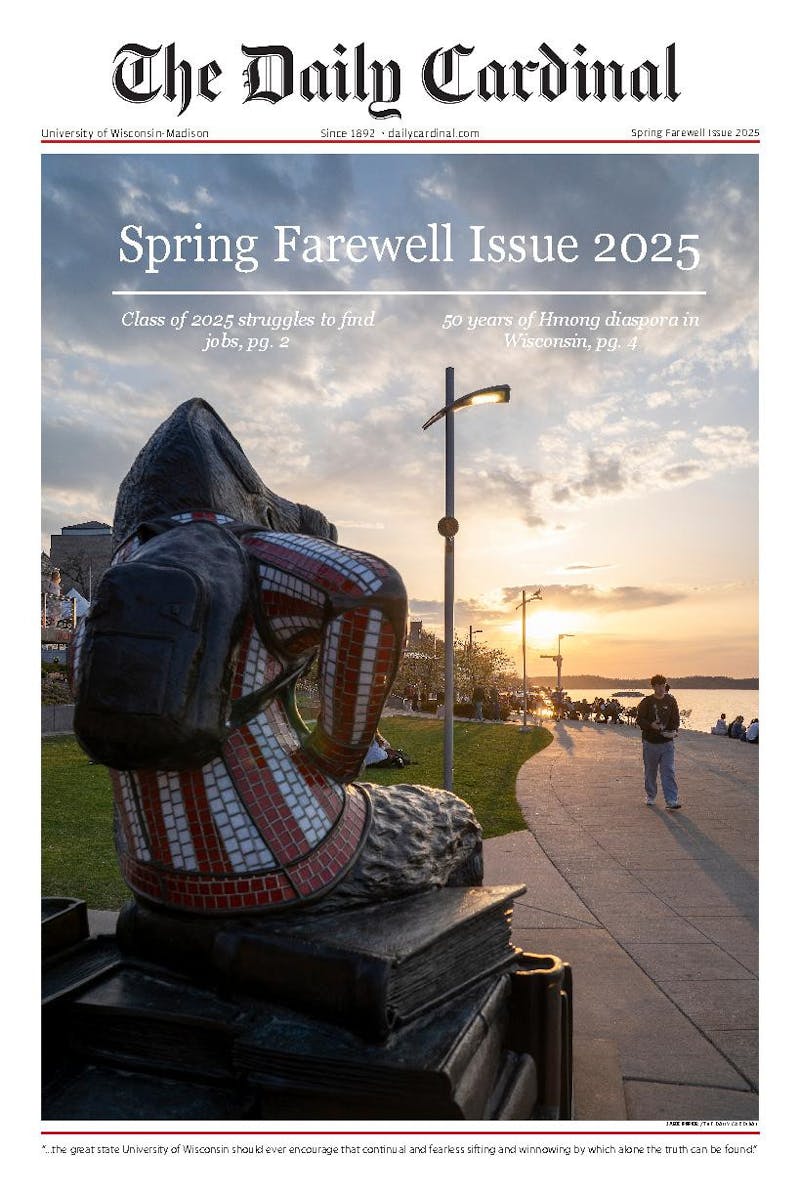Although Sigur R??s' music could be classified as experimental, the band chooses not to radically alter their overall sound. The shift from their debut Von to their last album ( ) centers on the ways they have refined their formula. But since Sigur R??s doesn't operate on any conventional pop template, their musical progression is marked by how they tweak and emphasize or de-emphasize their themes and patterns.
A typical Sigur R??s song starts slowly and introduces the simple piano or guitar chords. Then the song spends the next seven-odd minutes filling empty space with strings, horns and electronics until it reaches a crescendo and then fizzles away. The band's skill lays in its ability to control this ambitious mini symphony. They are masters of pacing who know how to build up and break down sounds to maximize emotional impact.
Mood and atmosphere play a larger role in Sigur R??s' music than actual song mechanics. Their latest album, Takk, ditches a lot of the melancholia for lighter tones. On \Se Lest"", a brass oompah band breaks in towards the end of the song, which would be unthinkable on the gloomy ??g??tis Byrjun. But their change in attitude doesn't change their serious outlook on their music. Takk is a seriously happy album, which tries hard to be emotionally consistent. Songs like ""Saelglopur,"" with its high pitch xylophones and piano in the opening, actually borders on sugary.
This criticism of trying too hard touches on the main accusation of pretension that Sigur R??s has endured their entire careers. Their epic, grandiose songs with cryptic meanings certainly has some pomp, but that is necessary in creating huge, touching soundscapes. On Takk, Sigur R??s tries to democratize their songs to a certain extent. On ""Hoppipola"" there is almost a recognizable chorus and Jonsi Birgisson unleashes his sometimes-alienating vocal range sparingly.
The strangeness of the language combined with Jonsi's vocal gymnastics propels Sigur's music into the heavenly sphere and separates them from other post-rock bands. On ( ), Jonsi sang in an invented language, Hopelandish, which made some of the songs repetitive by using the same vocal harmony. Takk returns to Icelandic lyrics, which varies the vocal harmonies a bit, but they still tend to repeat.
Takk will not change anyone's opinion about the band. Despite their attempts to open up their sound, the album is still a Sigur R??s album. It is the most meticulous and well-produced album in their catalogue. The overall song quality doesn't surpass their last two albums, but it come close enough to keep fans happy.
The real test for Sigur R??s' musical creativity will come on the next album when they have to replace their string section, which is leaving to form their own band, Anima. Their future output aside, Sigur R??s have made another 70 minute signature album, which could be the last one of this kind they feel like making. And after over four hours of this type of music in our collections, it may be the last one we feel like we need to listen to.





